Feb 07, 2023
Author:Lisa Martinez
Wondering why do dogs eat less in summer? Whether you feed your dog on a set meal routine or allow free feeding, you may have noticed that your furry companion tends to eat less in summer.
Well, it’s totally normal for your dog to eat less in summer. So how best to adapt to your dog’s reduced appetite? Read on to learn why dogs eat less in summer.
Eating less food is completely normal for many dogs. please simply introduce several reasons in your own words
Warmth has a detrimental effect on your dog’s digestive system. During extremely hot weather, your dog’s energy requirements may drop rapidly and so does their appetite. Even if your dog is an indoor pet, the temperature variations will certainly impact its food patterns.
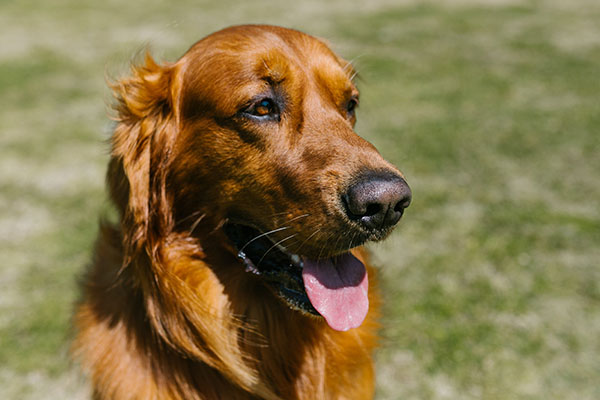
Hot weather generally means less physical activity and hence less food intake. Less physical activity reduces your dog’s energy requirements and also influences his appetite. Dogs sometimes may lose their appetite due to a lack of exercise.
Dogs are creatures of habit. Changes in a dog’s routine or environment can trigger anxiety. Any change in routine and environment, whether big or small, can affect your dog’s appetite. If you have changed the area where the dog is getting food, he may tend to eat less.
Your dog may be eating less because there is a recent switch in dog food that tastes or smells differently than the old food. Switching foods suddenly often leads to decreased appetite and stomach upset.
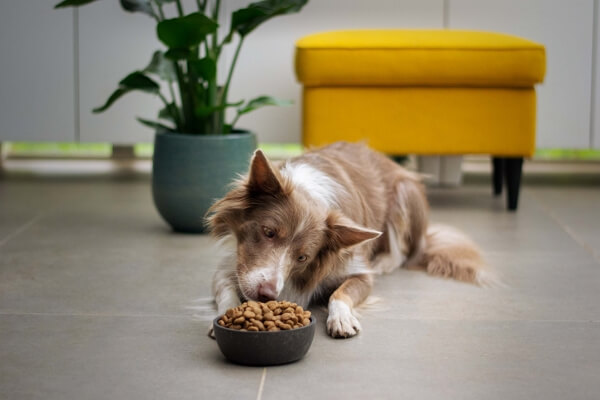
Sometimes, lack of appetite in dogs is related to boredom and stress. Anxiety and fear can cause decreased appetite in some canines. Dogs who suffer from anxiety or depression may not eat well. Even very small things can trigger stress or anxiety and cause them to not want to eat.
Dogs eating less in summer may be a sign of illness. If your dog gets sick, he probably won’t eat for a couple of days until he gets better. The medical conditions that cause a loss of appetite in dogs include upset stomach and gastroenteritis, food poisoning, allergies, pain anywhere in the body, infection, and much more.
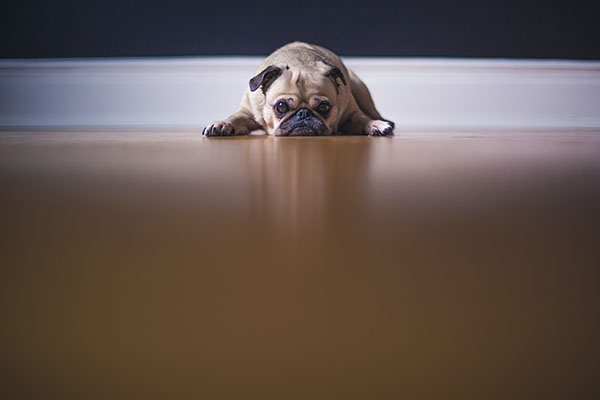
If your dog has a tooth problem or gum injury, it might be painful for them to eat, causing them to refuse food. If eating less in summer is accompanied by fever, vomiting, or diarrhea, speak to your vet immediately.
If your dog is relaxed, eating regularly, getting enough freshwater, has a stable weight, and has cool places to be in during the day, there is no reason to be alarmed. Here are some steps that you can take if your dogs eat less in summer.
Keeping your dog hydrated is the most important thing you can do for him during the warmer months. Making sure your dog is properly hydrated will help him stay cool throughout those hot months.
When your dog eats less or refuses to eat, you should monitor his water intake. Make sure your dog has plenty of water available to keep him hydrated. To prevent dehydration, dogs shouldn’t even go a day without drinking enough water.
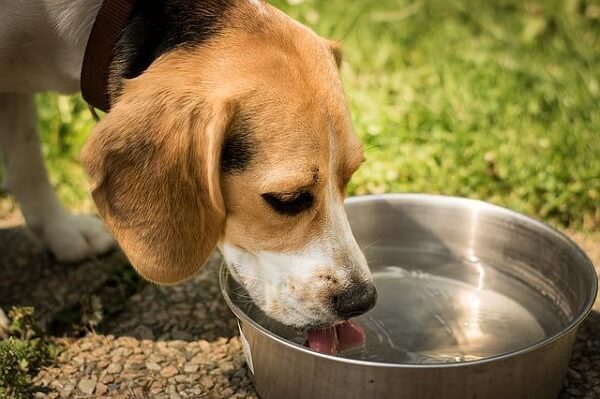
Too much heat and sun exposure can cause your dog to overheat. Place your dog’s food in a cool or shady spot, ideally indoors. This will encourage your dog to stay in shaded areas and away from direct sunlight.
Longer and warmer days mean that your dog’s mealtime needs to be earlier or later. It’s best to feed your dog early in the morning or late in the evening when the air is cooler. Also, urge your dog to drink as much as possible. It’s better to slowly establish a new feeding schedule for your furry companion and make it consistent.
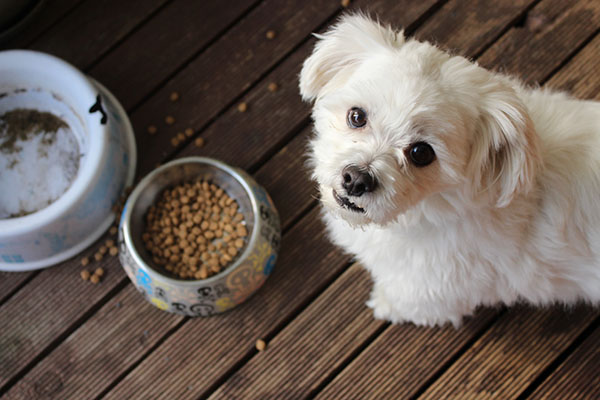
During the warmer weather here, your dog mustn’t get overheated. Frozen treats are a great way to keep your dog cool in the hot weather. They’ll help cool your dog off and help relieve boredom as well when your dog is cooped up inside.
Always spare a thought for the additives and high sugar content. You should give frozen treats in moderation to avoid excessive calories. Never put chocolate, xylitol, raisins, grapes, or alcohol in your dogs’ treats!
Summer is the time for fresh fruit and veggies because they’re refreshing and hydrating. Try adding some fruit and vegetables to your dog’s food. Feed your pet fruits and veggies that have a high water content, such as watermelon or cucumber.
Most fruits and veggies are low in calories and provide vital vitamins that your dog needs. They keep your dog hydrated on warm sunny days. Feed them in moderation to your dog, as excessive amounts can cause an upset stomach.
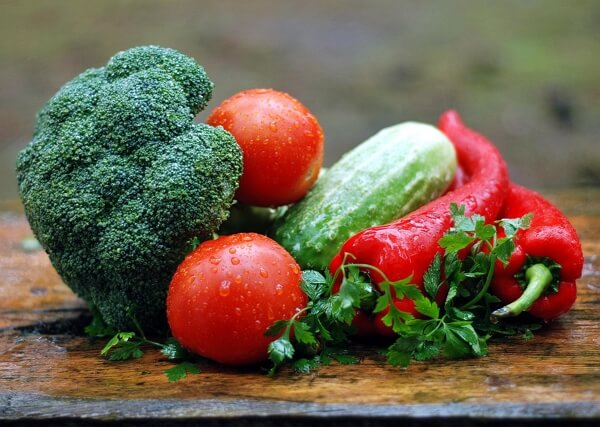
Keep an eye on your dog’s appetite level and change its daily dog food portions accordingly. Although there’s no hard-and-fast rule, adult dogs are mostly fed twice a day. Settling on the right amount of portion size can be tricky. Breed, size, age, energy level, weather, and activity level factor into how often your dog should eat and how much.
If you want to schedule meal time and food portions, invest in a WOpet automatic dog feeder. The smart feeder lets you remotely schedule your dog’s feedings. You can easily schedule and manage feeding times, portion sizes, and the food supply for your dog. They’re easily controllable on your smartphones and computers. With WOpet automatic dog feeder, you can be sure your dog won’t be overfed or starve when you’re away.
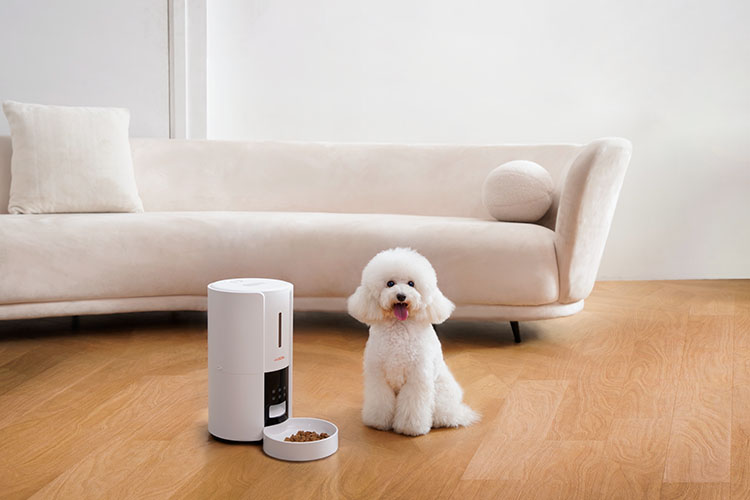
Popular Post
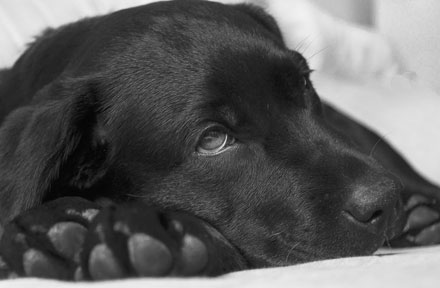
What to Feed a Sick Dog With No Appetite? [2025 Guide]
May 16, 2023
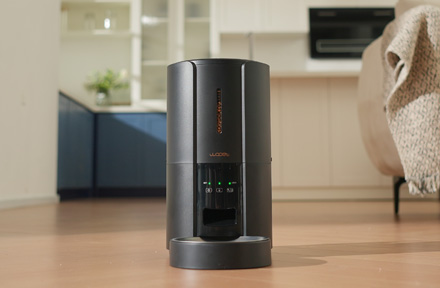
Troubleshooting Common Issues with Automatic Pet Feeders: Tips & Tricks for Pet Owners
Oct 26, 2023
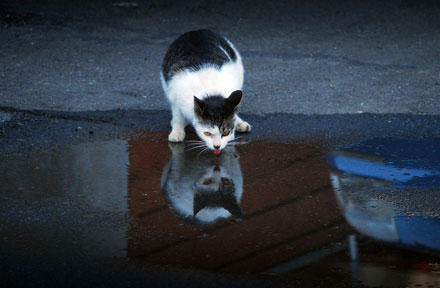
Why Does My Cat Cough After Drinking Water? 8 Potential Reasons
Mar 13, 2023
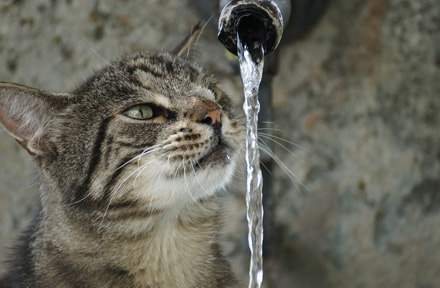
Why is My Cat Throwing up Water? Top 5 Causes Here
Feb 08, 2023
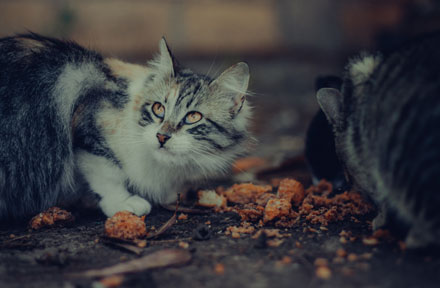
My Cat Only Eats A Little at A Time - What to Do?
Feb 27, 2023
$99.99
$129.99
Copyright © 2025 WOPET. All Rights Reserved.